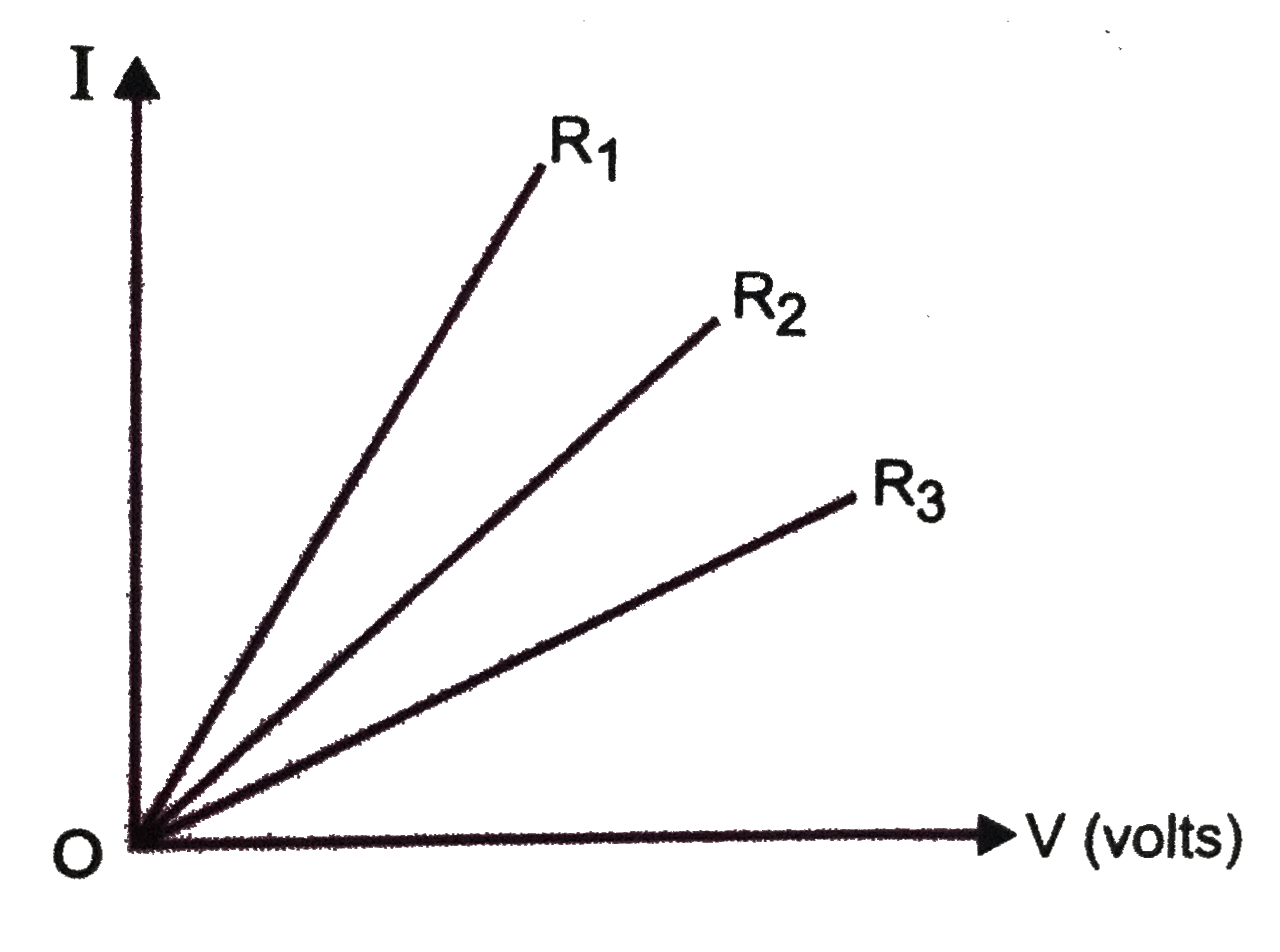In the isolation of DNA, removal of protein and RNA is carried out by enzymes ______and_______respectively.
1) lysozyme, ribonuclease
2) protease, cellulase
3) protease, ribonuclease
4) ribonuclease, chitinase
1) lysozyme, ribonuclease
2) protease, cellulase
3) protease, ribonuclease
4) ribonuclease, chitinase
The correct Answer is:C
To solve the question regarding the enzymes used in the isolation of DNA for the removal of proteins and RNA, we can follow these steps:
1. Identify the Purpose of the Enzymes:
- We need to find enzymes that are specifically used to remove proteins and RNA during the DNA isolation process.
2. Enzyme for Protein Removal:
- The enzyme that is commonly used to digest or remove proteins is protease. Proteases are enzymes that break down proteins into smaller peptides or amino acids.
3. Enzyme for RNA Removal:
- The enzyme used to remove RNA is ribonuclease (RNase). Ribonuclease specifically cleaves RNA molecules, thereby removing them from the sample.
4. Evaluate the Options:
- Now, we will evaluate the given options:
- Option 1: Lysozyme and ribonuclease - Incorrect (lysozyme is not used for protein removal).
- Option 2: Protease and cellulase - Incorrect (cellulase is not used for RNA removal).
- Option 3: Protease and ribonuclease - Correct (protease removes proteins and ribonuclease removes RNA).
- Option 4: Ribonuclease and chitinase - Incorrect (chitinase is not used for protein removal).
5. Conclusion:
- The correct answer is Option 3: protease and ribonuclease.
Final Answer:
The correct enzymes used for the removal of protein and RNA in the isolation of DNA are protease and ribonuclease, respectively.
---
- We need to find enzymes that are specifically used to remove proteins and RNA during the DNA isolation process.
- The enzyme that is commonly used to digest or remove proteins is protease. Proteases are enzymes that break down proteins into smaller peptides or amino acids.
- The enzyme used to remove RNA is ribonuclease (RNase). Ribonuclease specifically cleaves RNA molecules, thereby removing them from the sample.
- Now, we will evaluate the given options:
- Option 1: Lysozyme and ribonuclease - Incorrect (lysozyme is not used for protein removal).
- Option 2: Protease and cellulase - Incorrect (cellulase is not used for RNA removal).
- Option 3: Protease and ribonuclease - Correct (protease removes proteins and ribonuclease removes RNA).
- Option 4: Ribonuclease and chitinase - Incorrect (chitinase is not used for protein removal).
- The correct answer is Option 3: protease and ribonuclease.
The correct enzymes used for the removal of protein and RNA in the isolation of DNA are protease and ribonuclease, respectively.
Topper's Solved these Questions
- BIOTECHNOLOGY - PRINCIPLES AND PROCESSESBOOK - NCERT FINGERTPS ENGLISHCHAPTER - BIOTECHNOLOGY - PRINCIPLES AND PROCESSESEXERCISE - HOTS
5 Videos
- BIOTECHNOLOGY - PRINCIPLES AND PROCESSESBOOK - NCERT FINGERTPS ENGLISHCHAPTER - BIOTECHNOLOGY - PRINCIPLES AND PROCESSESEXERCISE - NCERT
19 Videos
- BIODIVERSITY & CONSERVATIONBOOK - NCERT FINGERTPS ENGLISHCHAPTER - BIODIVERSITY & CONSERVATIONEXERCISE - Biodiversity & Conservation
140 Videos
- BIOTECHNOLOGY AND ITS APPLICATIONBOOK - NCERT FINGERTPS ENGLISHCHAPTER - BIOTECHNOLOGY AND ITS APPLICATIONEXERCISE - Biotechnology And Its Application
137 Videos
Similar Questions
Fill up the blanks and select the correct option.
(i) EcoRl cuts the DNA between bases_______only when the sequence______is present in the DNA duplex.
(ii) Disruption of the cell membranes can be achieved by treating the bacterial cells, plant cells and fungal cells with enzymes respectively_______,________and ______.
(iii) Since DNA has a_______charge, it moves towards the__________of the electrophoretic chamber.
A) (i) G and A, GA A T TC (ii) endonuclease, cellulase, chitinase (ii) negative, anode
B) (i) G and A,G A AT TC(i) lysozyme, cellulase, chitinase (iii) positive, cathode
C) (i) G and A,GA AT C (ii) lysozyme, cellulase, chitinase (ii)negative, anode
D) (i) G and A, GA ATC (ii) lysozyme, cellulase, chitinase (iii) positive, cathode
View SolutionThe energy required to remove an electron from the outermost shell of an isolate gaseous atom is known as IE1 of that atom. Similarly, the enrgy required for the removal of the electron from the unipositive ion, diapositive ion and tripositive ion are known as IE2,IE3 and IE4 respectively, and are called successive ionisation energies. The magnitude of the charge depends on the size of the orbital of electron. Electrons in smaller orbitals are on average close with each other and have more repulsion. Thus for Be(2s2), the IE1 and IE2 are 9.3 and 18.2eVatom1, whereas for Ca(4s2), the values are 6.1 and 11.9eV.
Which of the following are isoelectronic species?
1→CH⊕3,II→NHɵ2,III→NH⊕4,IV→NH3
View SolutionThe energy required to remove an electron from the outermost shell of an isolate gaseous atom is known as IE1 of that atom. Similarly, the enrgy required for the removal of the electron from the unipositive ion, diapositive ion and tripositive ion are known as IE2,IE3 and IE4 respectively, and are called successive ionisation energies. The magnitude of the charge depends on the size of the orbital of electron. Electrons in smaller orbitals are on average close with each other and have more repulsion. Thus for Be(2s2), the IE1 and IE2 are 9.3 and 18.2eVatom1, whereas for Ca(4s2), the values are 6.1 and 11.9eV.
The relationship between IE4 and IE2 of an element is
View SolutionThe energy required to remove an electron from the outermost shell of an isolate gaseous atom is known as IE1 of that atom. Similarly, the enrgy required for the removal of the electron from the unipositive ion, diapositive ion and tripositive ion are known as IE2,IE3 and IE4 respectively, and are called successive ionisation energies. The magnitude of the charge depends on the size of the orbital of electron. Electrons in smaller orbitals are on average close with each other and have more repulsion. Thus for Be(2s2), the IE1 and IE2 are 9.3 and 18.2eVatom1, whereas for Ca(4s2), the values are 6.1 and 11.9eV.
Four elemensts have the following first ionization energies in KJmol−1:762,709,59 and 558. The elements are Ca,Ge. In and Sn (not in order). Which of these elements has the ionisation energy of 762KJmol−1?
View SolutionThe energy required to remove an electron from the outermost shell of an isolate gaseous atom is known as IE1 of that atom. Similarly, the energy required for the removal of the electron from the unipositive ion, diapositive ion and tripositive ion are known as IE2,IE3 and IE4 respectively, and are called successive ionisation energies. The magnitude of the charge depends on the size of the orbital of electron. Electrons in smaller orbitals are on average close with each other and have more repulsion. Thus for Be(2s2), the IE1 and IE2 are 9.3 and 18.2eVatom1, whereas for Ca(4s2), the values are 6.1 and 11.9eV.
Consider the IE1 of the element whose electronic configurations correspond to the following
View SolutionThe energy required to remove an electron from the outermost shell of an isolate gaseous atom is known as IE1 of that atom. Similarly, the enrgy required for the removal of the electron from the unipositive ion, diapositive ion and tripositive ion are known as IE2,IE3 and IE4 respectively, and are called successive ionisation energies. The magnitude of the charge depends on the size of the orbital of electron. Electrons in smaller orbitals are on average close with each other and have more repulsion. Thus for Be(2s2), the IE1 and IE2 are 9.3 and 18.2eVatom1, whereas for Ca(4s2), the values are 6.1 and 11.9eV.
The correct order of arrangement of the first ionisation energies of C,N,O and F ( in decreasing values) is
View SolutionThe energy required to remove an electron from the outermost shell of an isolate gaseous atom is known as IE1 of that atom. Similarly, the enrgy required for the removal of the electron from the unipositive ion, diapositive ion and tripositive ion are known as IE2,IE3 and IE4 respectively, and are called successive ionisation energies. The magnitude of the charge depends on the size of the orbital of electron. Electrons in smaller orbitals are on average close with each other and have more repulsion. Thus for Be(2s2), the IE1 and IE2 are 9.3 and 18.2eVatom1, whereas for Ca(4s2), the values are 6.1 and 11.9eV.
Among the following ionisation reactions, which one will have the maximum value of ionisation energy?
View SolutionIn the mouth grinding of food is brought about by __1__ and __2__ . The saliva contains __3__ enzymes. The food then passes to stomach through pharynx and __4__. Peristalsis of food is caused by __5__. In the stomach pepsin acts on proteins to change them into __6__ and __7__. Bile is secreted by __8__. In duodenum, pancreatic juice has __9__ and __10__ enzymes. Lipase acts on fats and converts them into __11__ and __12__ .
View SolutionA student carries out an experiment and plots the V−I graphs of three samples of nichrome wire with resistances R1,R2andR3 respectively, (Fig. 3.41). Which of the following is true ?

View SolutionAn isolated capacitor of capacitance C is charged to a potential V. Then a dielectric slab of dielectric constant K is inserted as shown. The net charge on four surfaces 1,2, 3 and 4 would be respectively.

View Solution
